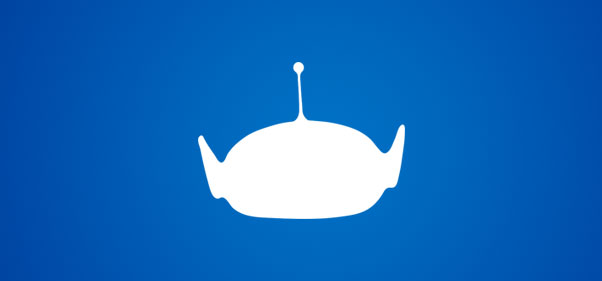
Directed by Angus MacLane (BURN-E),Small Fry serves as the latest addition in the "Toy Story Toons" series. Upcoming Pixar was able to screen the hilarious short in which Buzz gets trapped at a group therapy session for discarded ‘Fun Meal’ toys in preparation for the interview that follows. Naturally, we had quite a few questions for the long-time Pixarian behind the project.

